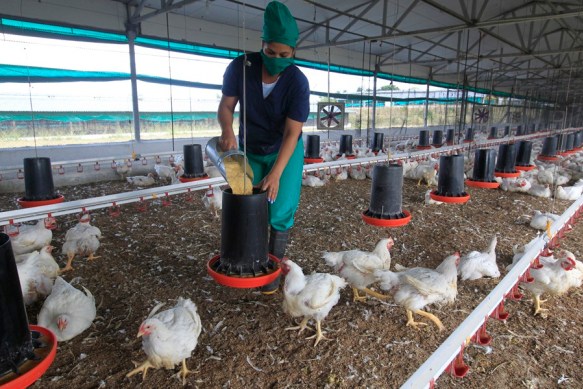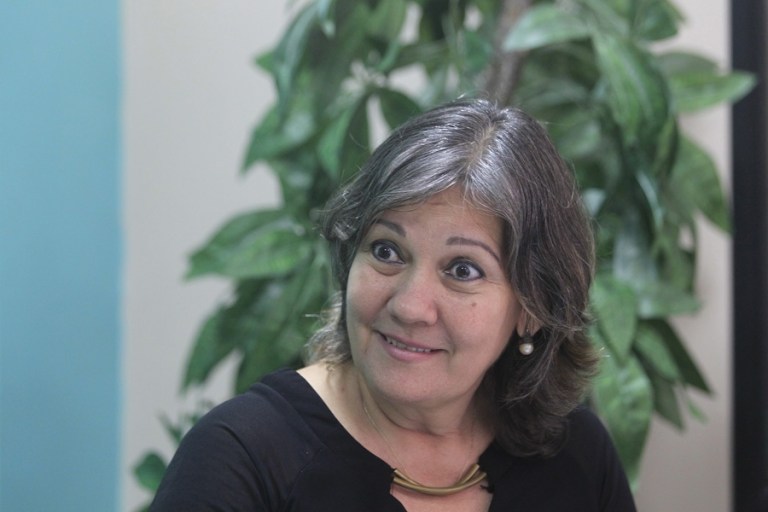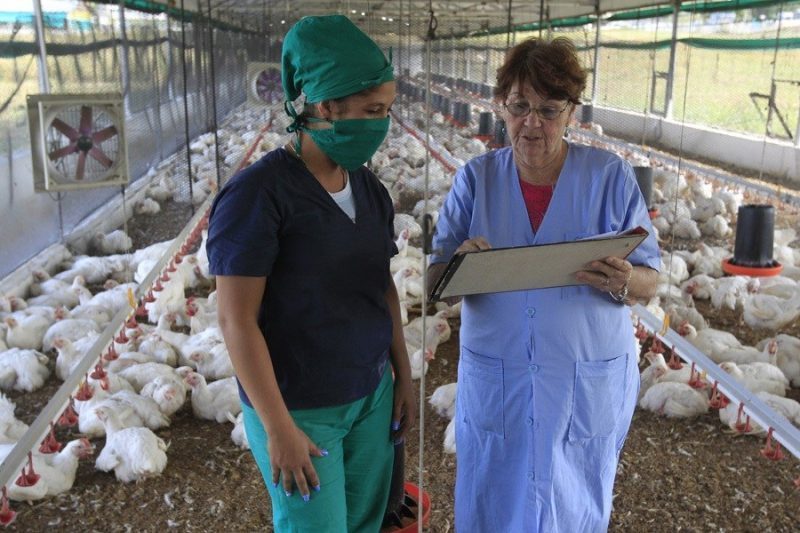Gender-Focused Policies in Cuban Farming
We spoke to employees and workers about progress made in equal gender opportunities, as well as the greatest obstacles and challenges identified on the road to gender equality.
By Ivet Gonzalez (IPS)

HAVANA TIMES – The first gender-focused strategy implemented by the Cuban Ministry of Agriculture raised female participation within a key sector for the economy and food security, although there are still great gaps and firmly-rooted stereotypes.
When getting ready to close the first period of the Cuban Agricultural System’s Gender-Focused Strategy (2015-2020), IPS spoke to employees and workers about progress made in equal gender opportunities, as well as the greatest obstacles and challenges identified along the road to gender equality.
“We are updating the strategy for the next phase, with the aim to boost work in production,” said Julia Muriel, who coordinates gender-equality actions in the farming sector and system, with state-run companies, cooperatives and the private sector.
Labeled “pioneering”, it is a road map for “the full exercise and enjoyment of women’s and men’s rights”, in a very masculine context and where previous studies highlighted low female participation, especially in managerial roles, invisibility and unpaid work, to name a few.
The female officials stressed the importance of the creation of Gender Committees at companies and cooperatives, which are permanent working groups on the ground to help reduce inequality. They even said that these committees could help to prevent and deal with victims of domestic violence.
“This strategy became a ministry policy to make women’s and men’s working conditions equal in the fields,” Muriel explained, about the project that is being implemented by farming NGOs and the Federation of Cuban Women too, which is the only women’s organization with legal status in the country.
It also has support from international cooperation organizations when it comes to methodologies and funding to promote change via actions that are geared towards both men and women in this country with 11.2 million inhabitants, where only 24% of the population live in rural areas.
“As a ministry, we have the challenge of producing the food the population needs, exporting and replacing imports,” Muriel explained, referring to the fact that Cuba imports up to 70% of its food. “We need to develop areas for this, where women’s participation is crucial and policies are implemented in farming,” he pointed out.
Therefore, 8-10% of its annual budget goes towards the gender-focused strategy, which includes training courses, knowledge and organizational management, financial empowerment, communication, community projects, finding a work-life balance, leadership and masculinities, to name a few.
“And in every cooperation project, this strategy stipulates that 5-10% should be geared towards gender-focused practices,” she added.
Today, this key sector in the weak Cuban economy currently employs 840,239 workers, 169.814 of whom are women, just 20% of the labor force. In general terms, the strategy has managed to increase women’s participation by 3%, given that this stood at 17% in 2015 according to reports, although it changes by sector.
The main challenge seems to be getting women to farm the land more: they only make up 13% of workers at cooperatives, 33% of members at State farming companies and 55% of workers of the sector’s management bodies, most of which are found in urban areas.
The gap is much wider when it comes to women’s access to the land.

Thanks to the government’s continuous handouts of state-owned idle land since 2008, which has now been leased to farmers, more and more women are deciding to take on this venture. By the end of 2019, 28,073 women were registered as leaseholders out of the total of 339,883, just over 8%.
Employees of this branch didn’t provide IPS with any up-to-date statistics about land ownership, but general figures can be found in the National Report about the Implementation of the 2030 Agenda, which Cuba delivered to the Economic Commission for Latin America and the Caribbean, in April 2019.
According to the report, 79% of Cuba’s farming land is owned by the State, 14% is private (in the hands of 131,802 individuals) and 7% belongs to cooperatives. In March 2018, Cuba reported some 10,900 landowners to the Commission on the Status of Women.
If these are figures are the same, then Cuban women would make up 8% of these owners.

That’s why veterinarian Brigitte Garcia, the press manager at the state-led Livestock Business Group, calls for strengthening communication in the new phase of the strategy. “We had great impact with explainer videos broadcast on national TV during peak viewing hours, which were targeted at women,” she said.
“We need to give visibility and dignify our livestock breeding women more, that they realize what there is to earn,” Garcia said, who also gave the example of videos made as part of the strategy to promote paternal responsibility and men’s participation in care and housework.
Looking to transform working spaces, the trade has adapted an internationally-used certificate to the Cuban context, in order to achieve Gender Equality for Quality Management for Food Security (IGECSA). This methodology lays out the steps and changes that need to be made in order to build more inclusive workplaces.
“Bodies have a self-critical view, how they are progressing and they feel responsible for promoting gender equality, to create new management practices and to close the gap,” Ada Cuesta said, who runs the IGECSA project in the country, which 40 workplaces have signed up to, especially cooperatives.
The female officials stressed the importance of creating Gender Committees at companies and cooperatives, which are permanent working groups on the ground to help reduce inequality. They even said that these committees could help to prevent and deal with victims of domestic violence.
“We are trying to incorporate new people, with new concepts… it’s very hard to do with adults,” biologist Ofelia Godinez said, who works at the state-run Institute of Poultry Research, where women are the majority. “We have a really great job but there are hard parts too, such as being out in the sun all day or carrying heavy things,” she weighed in.
Surrounded by 4500 broiler chickens, Godinez checks the birds’ weight to see how much it has increased, alongside research assistant Daniubis Abad, who is responsible for cleaning, giving medicine and feeding the large flock under her care. “I like animals a lot and I can outdo myself here,” Abad shared, who used to be a housewife before.
“Gender-focused practices are lagging behind in really being incorporated in many of the policies relating to farming and food,” Juan Carlos Garcia Cebolla pointed out, head of the Food Rights team at the United Nations Food and Agriculture Organization (FAO), in an interview with IPS.
That is why the expert highlighted every step made in other countries like Cuba, and underlined the importance of breaking the “historic bias which means women have a great deal less access to farming resources and are assigned unpaid work”, which will positively influence food security in Latin America and the Caribbean.





